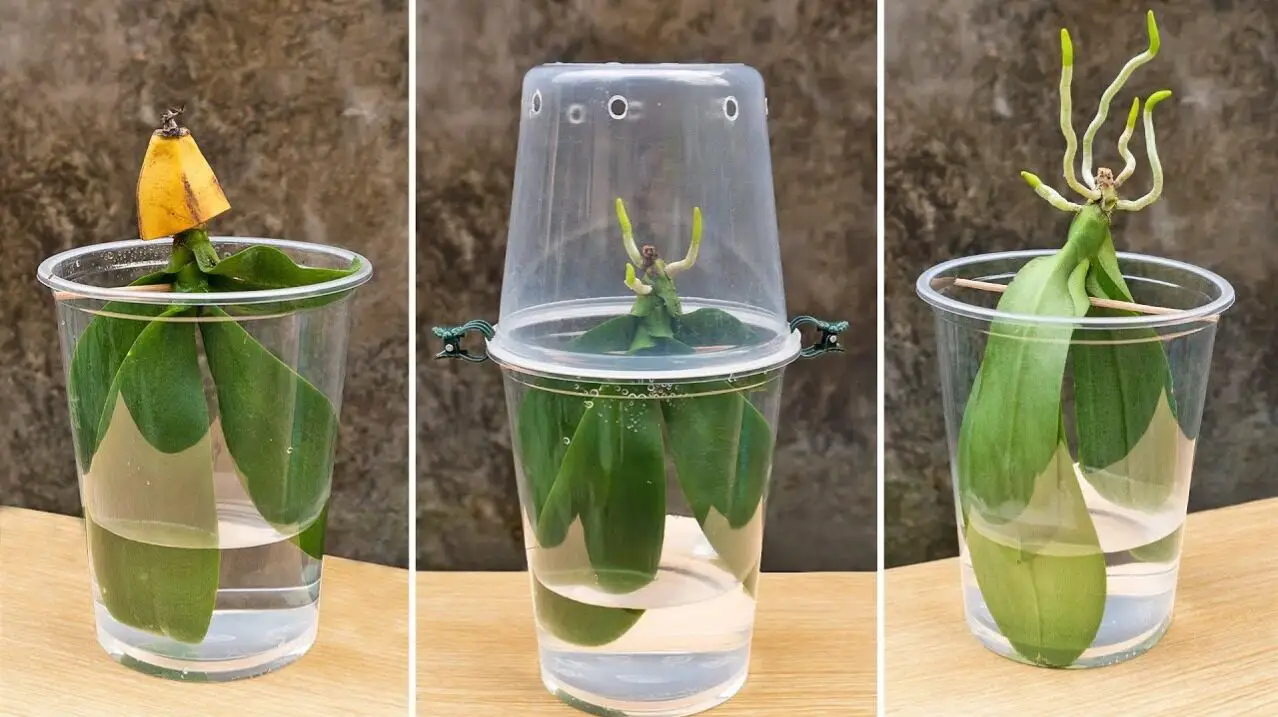
Among the most beautiful plants that we all want at home are orchids . But who after buying them has actually managed to keep this plant alive and in good condition? Because the most difficult thing is to maintain flowering for as long as possible and be able to give birth to new buds.
Orchids are one of the most common and loved flowers. They have bright and exotic colors , and give class and personality to the places in which they are found. It is a tropical and perennial plant, but it requires appropriate treatments.
The orchid is one of the most elegant and refined indoor plants and many people despair when the foliage begins to lose its shine and the plant begins to wither. But we must not lose hope. To make an orchid bloom, it’s simple: you just need to know how to do it!
In the rest of the article, you will see how to care for orchids thanks to 3 effective and easy tips , even for those who unfortunately don’t have a green thumb.
1) Check the roots before watering
To know if your orchid needs watering, look at the appearance and color of the roots .
When these become opaque and grayish, it means you can water them. If they are bright and green, they don’t need water.

2) Watch out for drips
The number one cause of orchid growing failure is overwatering . This causes the roots to rot and therefore the death of your plant. Water generously, once a week and following the first tip . But above all, drain the pan well, never leave water in the saucer and avoid watering the heart of the foliage as much as possible.

3) Spray the leaves
Remember to spray your orchid’s leaves frequently with a sprayer. If you can, do it once a day. By doing this, you maintain a humid atmosphere near your plant, which is very beneficial for it.

4) Use a humidification tray
To humidify the surrounding air, you can place a bed of clay pebbles or gravel on a tray and place your orchid pot on top. Make sure there is always a little water at the bottom of the tray . Clay or gravel prevents the roots from soaking in water so they don’t rot.

5) Fat in moderation
Orchids don’t need many nutrients . You can, of course, use a special fertilizer for orchids , but a homemade organic fertilizer will also work. On the other hand, pay attention to overdose, it is necessary to dilute the fertilizer and not give it more than once every fortnight.
When your plant is in the growth phase, that is, producing new leaves, give it a nitrogen fertilizer . While your plant is flowering, help it by giving it potassium-rich fertilizer . If you can’t tell whether your orchid is blooming or growing, add these two types of fertilizers alternately.

6) Clean the leaves
It’s important to clean the leaves of your orchids from time to time , because they are often covered in dust or stained with limescale from the water you use to spray them. To do this, simply use a damp cloth. Be careful, do not use polishes for green plants because they do more harm than good.

7) Be careful with heating
Orchids love humidity and hate hot weather . Winter heating is therefore not very popular. It actually dries out the air in our home. In winter, avoid placing your plants in superheated environments or near a heat source.

8) Change them
Orchids are grown in pots. Therefore, it is very easy to move them according to the season to always offer the best location. For example, you can place your orchids in your living room from April to October and place them in the bathroom in the winter so they don’t have to endure the dry, hot air of living rooms.

9) Let them rest
Let your orchids rest from time to time. When you notice that your plant is healthy but has not flowered for 3 or 4 months, place it in a cool room at around 15°C for 3 weeks and reduce the watering frequency. Your plant will thank you very quickly by making new flowers.

10) After flowering
After flowering, when the flowers on a stem have all faded , cut the stem above an “eye” to induce another flowering. Often after the second flowering the stems dry out completely, consider cutting these stems at the base .

11) Replant
You don’t need to replant your orchids every year . Do this only when you notice that your plants’ roots are growing too far beyond the pot . This happens every two or three years. Never replant during the flowering period and in summer .

12) What to do with dry roots
When you see dry roots , you need to cut them cleanly with a clean, good cutting instrument. Be especially careful not to injure the living parts of your plants.
